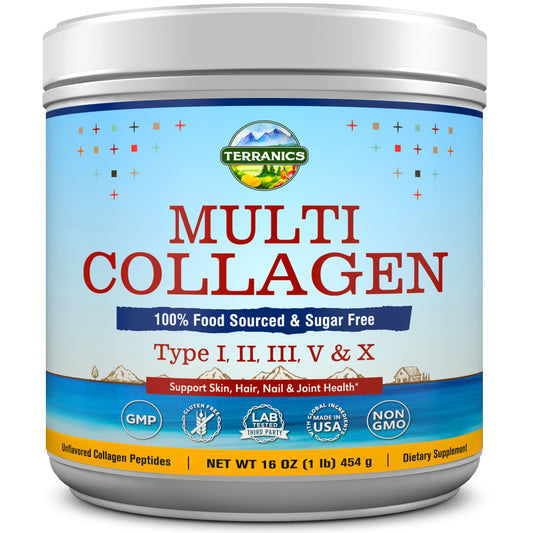
As the winter months envelop us in their chilly embrace, the sun's warmth becomes a rare commodity. With limited exposure to sunlight, the risk of vitamin D deficiency looms, casting a shadow on our overall well-being. However, by integrating small yet impactful micro-habits into our daily routines, we can fortify our bodies against this seasonal challenge. In this enlightening blog post, we unravel the significance of vitamin D, explore the consequences of its deficiency, and unveil a collection of micro-habits to help you steer clear of this nutritional shortfall during the winter season.
Understanding the Importance of Vitamin D
Vitamin D, often referred to as the "sunshine vitamin," plays a pivotal role in maintaining optimal health. Beyond its well-known function in promoting calcium absorption for strong bones, vitamin D contributes to immune function, mood regulation, and overall vitality. However, many individuals experience a decline in vitamin D levels during winter due to reduced sunlight exposure, leading to potential health implications.
Consequences of Vitamin D Deficiency
A deficiency in vitamin D can manifest in various ways, impacting both physical and mental well-being. Common signs of vitamin D deficiency include fatigue, muscle weakness, compromised immune function, and a higher susceptibility to respiratory infections. Furthermore, inadequate vitamin D levels have been linked to a range of health conditions, including osteoporosis, cardiovascular diseases, and mood disorders.
Embracing Micro-Habits to Safeguard Your Vitamin D Levels
- Morning Sun Salutations: Start your day with a dose of sunlight by engaging in morning rituals outdoors. A brief session of sun salutations or a leisurely walk in natural light can kickstart your vitamin D production and invigorate your mind and body.
- Nutrient-Rich Diet: Incorporate vitamin D-rich foods into your meals to supplement your intake. Include fatty fish like salmon and mackerel, fortified dairy products, eggs, and mushrooms in your diet to boost your vitamin D levels naturally.
- Supplementation Strategy: Consult with a healthcare provider to determine if vitamin D supplementation is necessary for you. Personalized supplementation plans can help bridge the gap between your dietary intake and recommended vitamin D levels, especially during winter months.
- Indoor Light Exposure: Maximize your exposure to natural light indoors by positioning yourself near windows or utilizing light therapy lamps. Enhancing your indoor lighting environment can mimic natural sunlight and support vitamin D synthesis.
- Mindful Outdoor Breaks: Take short breaks during your workday to step outside and bask in the sunlight. Whether it's a brisk walk during lunchtime or a moment of reflection in a sunny spot, these micro-breaks can contribute to your daily vitamin D intake.
- Exercise: Opt for outdoor exercise whenever possible to combine physical activity with sunlight exposure. Activities like jogging, cycling, or yoga in outdoor settings not only enhance your fitness routine but also facilitate vitamin D absorption.
Conclusion
As we navigate the winter season, prioritizing our vitamin D levels through consistent micro-habits is essential for nurturing our health and vitality. By integrating simple practices like morning sun salutations, nutrient-rich eating, strategic supplementation, indoor light optimization, mindful outdoor breaks, and al fresco exercise, we can fortify our defenses against vitamin D deficiency and embrace the season with vigor and resilience. Remember, these small yet impactful habits pave the way for a healthier and brighter winter ahead.




